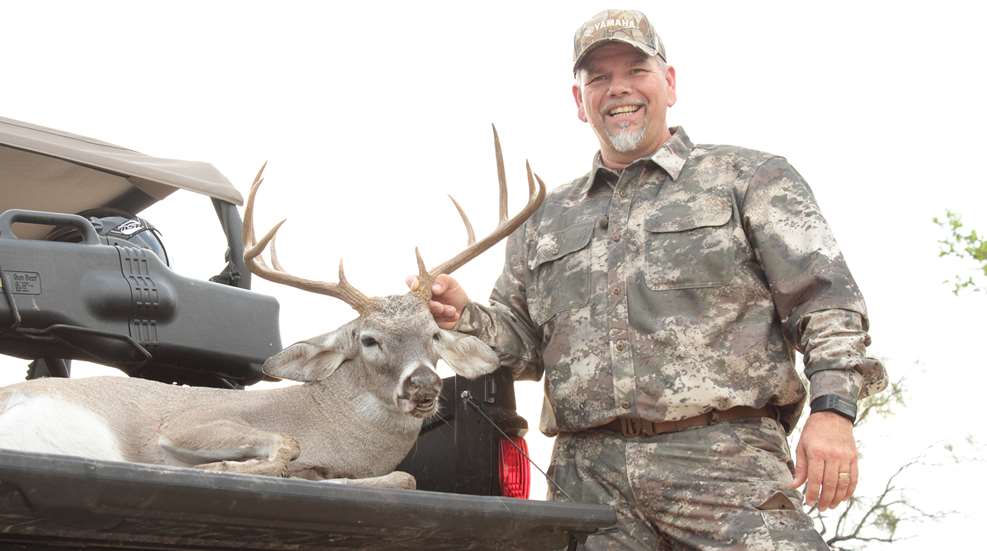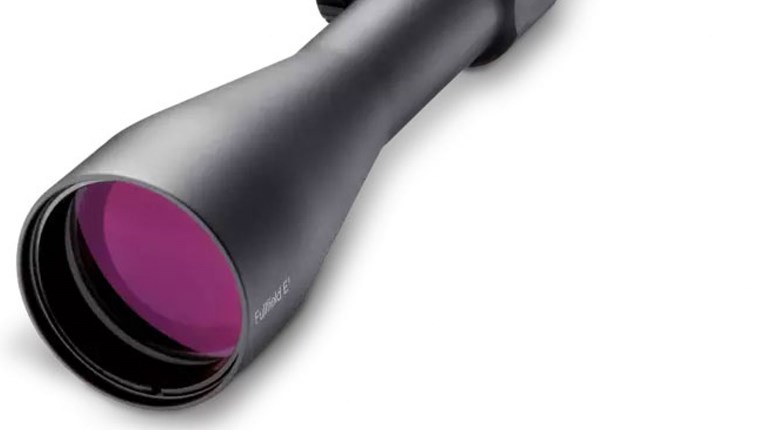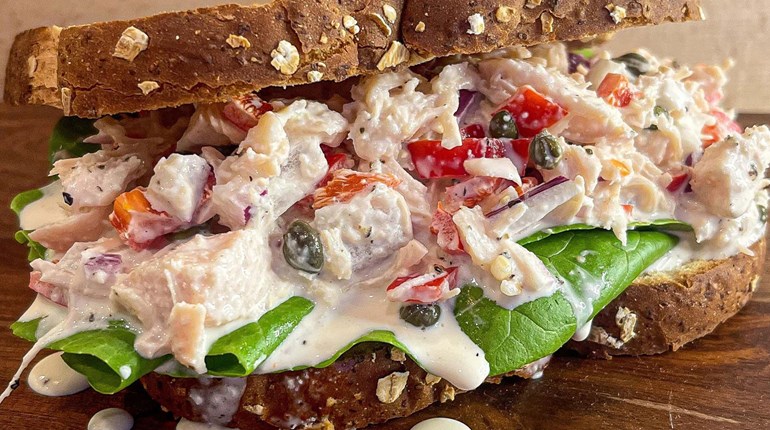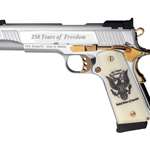
In a 2019 poll, the National Shooting Sports Foundation (NSSF) found that around 80 percent of Americans support hunting. Eighty percent! This is actually a slight increase from 1995, when the percentage of Americans who supported hunting was around 73 percent.
If you rephrase the poll question by adding one single word, though, the approval drops way down to just 20 percent. The word? “Trophy.” Trophy hunting is deeply unpopular. But why?
What is trophy hunting, anyway? If you believe the dramatic headlines that hit the mainstream media every now and then, “trophy hunting” involves Americans flying to Africa and shooting elephants, giraffes and lions. This is almost always referred to as “senseless killing of endangered species” (even though the species involved usually aren’t endangered at all, but facts and logic are in short supply in these articles). The hunters are portrayed as monsters who kill beautiful creatures just to hang a head on their wall, having no regard for the animal’s life or carcass. Of course, none of this is true. Hunting in Africa is regulated perhaps more strictly than it is in the U.S., and the meat from safaris is enjoyed by hunters, trackers and villagers (yes, even elephant and lion meat are eaten and enjoyed).
If you watch hunting television or read a lot of hunting magazines, you might get a different definition of “trophy hunting.” It always involves an animal that makes the record books via its huge size or impressive antlers. Terms like “monster bull” and “trophy buck” get thrown around. “Look at the size of those spurs,” the turkey hunters say, while the sheep hunters gape in awe and talk about “full-curl horns.”
 How come nobody ever talks about a trophy dove? Or a monster squirrel? Or the fattest wood duck they’ve ever shot? This was the only dove I shot in an entire afternoon of sweating it out in a field. You bet, I carried it home with pride!
How come nobody ever talks about a trophy dove? Or a monster squirrel? Or the fattest wood duck they’ve ever shot? This was the only dove I shot in an entire afternoon of sweating it out in a field. You bet, I carried it home with pride!
It wasn’t always this way. In our grandfathers’ time, “If it’s brown, it’s down” was the mantra of deer camps almost everywhere. A couple of guys in each small town would shoot a couple really nice bucks in a given year, and everyone else would congratulate them and be content with the spike or fork-horn or scraggly 6-pointer they shot. Granddad was feeding his family, and he wasn’t about to pass on deer that didn’t have big enough antlers so. He certainly didn’t pick out a single buck, keep an eye on him all year, track his every move, and spend an entire season pursuing only that buck, forsaking all others. Granddad would have thought that ridiculous. “You can’t eat the antlers” was his motto.
These days, there’s a large segment of the hunting world that will make rude comments or at least think rude thoughts about anyone who shoots a deer that’s less than 4½ years old with a perfect antler spread. It’s become “normal” in hunting to pass on deer that aren’t old enough or have impressive enough racks. This isn’t entirely bad, as some quality deer management can improve the strength and size of the herd as a whole.
 But the mentality of trophies being tied to antlers or size—well, as much as I hate this word, it’s problematic. Look, if big antlers and huge heads are your thing, have at it. Pass every buck in the woods if it makes you happy. But when you cross into making other people feel like their animal isn’t a trophy because it doesn’t live up to your standards, it becomes a problem. Who’s going to tell this teenage girl that her squirrel isn’t a trophy? Not us.
But the mentality of trophies being tied to antlers or size—well, as much as I hate this word, it’s problematic. Look, if big antlers and huge heads are your thing, have at it. Pass every buck in the woods if it makes you happy. But when you cross into making other people feel like their animal isn’t a trophy because it doesn’t live up to your standards, it becomes a problem. Who’s going to tell this teenage girl that her squirrel isn’t a trophy? Not us.
You know what a trophy is? It’s whatever means something to you. If an animal comes walking past your treestand, and it’s legal for you to shoot it and you have the landowner’s permission to shoot something that size, shoot it if it is going to make you happy with your hunt! Be proud of it!
My daughter’s first deer was a button buck. She was 8, and she thought she was shooting a doe. When she and her stepdad walked up to it, it turned out to have a tiny little inch-high antler on one side. We cut it off, drilled a hole in it and strung it on a necklace for her. You better believe that little girl considered her button buck a trophy.
My own first decent buck was shot on my dad’s property when I was in my 30s. I don’t know that I’ve ever seen him prouder than when he was helping me drag that deer out of the woods. It was just a skinny 8-point; nothing special. Certainly he “could have used another year or two,” as the TV hunters would say. But he’s my favorite trophy on my wall, and we ate every bit of him.

Your first pheasant? That’s a trophy. Your first really beautiful plumed-out canvasback? That’s a trophy. A big fat squirrel for the pot? Trophy. The wild hog that fills your freezer? Trophy. That skillet full of backstrap steaks? Well, that might be the ultimate trophy.
Other people don’t get to define what a trophy is for you. That’s your decision and yours alone. Humans are almost hard-wired to respect and desire big antlers, and there’s nothing wrong with that. But antlers, horns, spurs and head size aren’t the only things that define a “trophy.” The true definition of trophy hunting is hunting anything that makes you happy.














































